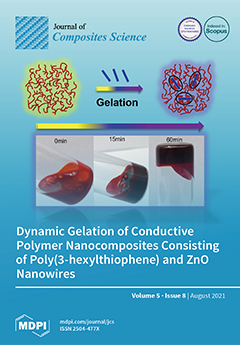The upgrading and repair of masonry structures, which constitute a great part of built heritage, involve intricate aspects, in fact, the choice of the most suitable intervention technique is strongly dependent on its compatibility with superior preservation requirements. At present, beside more traditional
[...] Read more.
The upgrading and repair of masonry structures, which constitute a great part of built heritage, involve intricate aspects, in fact, the choice of the most suitable intervention technique is strongly dependent on its compatibility with superior preservation requirements. At present, beside more traditional approaches, many composite-based techniques are available, but, there are cases, such as exposed masonry, which are much more complicated to treat, since, to safeguard the original aspect, any intervention on the surface is precluded. In this paper, an innovative repair technique is discussed. The proposed method, highly adaptable and suitable for general application, is based on the insertion of a composite fabric into the mortar joints of the exposed masonry, partly relying on the indent repair technique traditionally used for the repair of masonry structures. Due to the peculiarities of the approach, the feasibility and efficiency of the solution cannot be demonstrated through application in the testing laboratory or on reduced samples, it was, therefore, necessary to identify a relevant case study for a field testing. After careful evaluation, duly considering the risks from the esthetic point of view, the proposed solution was implemented to repair the exposed masonry of the main façade and of the rear façade of the medieval San Nicola Church in Pisa, which is an outstanding example of the Pisan-Romanesque style. Thanks to a careful definition of the operational phases and to skilled workmanship, the solution was easily implemented in the year 2005, fully safeguarding the aesthetics of the façades, so demonstrating its feasibility. However, this successful outcome was only a first proof of the validity of the experiment, which also needed, for complete validation, the assessment of its efficiency over time. Only recently, after more than 15 years, it has been possible to ascertain that the intervention is still effective, because the crack patterns are stabilized and no reopening of the crack has occurred in the meantime, so achieving full confirmation.
Full article





